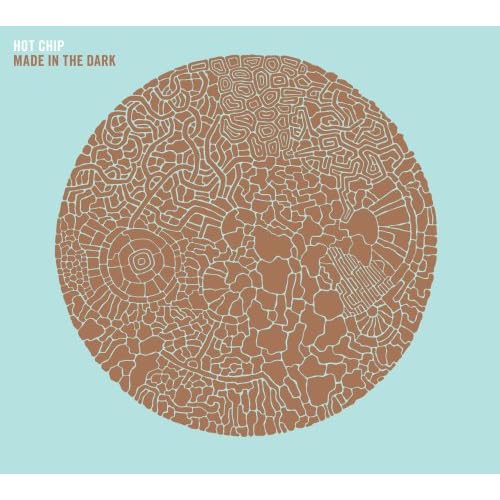
Robert Rauschenberg, Renascence, 1962.
Oil and silkscreen on canvas, 36 by 36 inches (91.4 x 91.4 cm).
"Random Order." Location 1, no. 1 (Spring 1963), p. 30.
What I culled from:
Perpetual Inventory by Rosalind Krauss
October 88, Spring 1999, pp. 87-116.
An interesting read regarding Robert Rauschenberg, the psychologizing of the artist's means, his work after the early Combines and the Random Order project and the introduction of photography into his oeuvre.
As for trying to eliminate the psychological from the work, his example of the "sad cup of coffee" resonated:
Speaking of the talk at the Cedar Bar of the Club, he complained, "They even assigned seriousness to certain colors," and then, turning to the way the New York artists had infected Beat poetry: "I used to think of that line in Allen Ginsberg's Howl, about 'the sad cup of coffee.' I've had cold coffee and hot coffee, good coffee and lousy coffee, but I've never had a sad cup of coffee."To refrain from describing something in such a Freudian way is compelling, but alas, he is misunderstood when his Black Paintings are read as somber and, for that matter, sad.
Random Order is seen by Krauss as a shift by Rauschenberg to a new relationship to the 'integrity of the picture plane':
Rauschenberg seems to have wanted the continuity of the mirrorlike photographic surface to stamp its character on his newly revised sense of his medium, thereby replacing the collage condition of his Combines with the seamlessness of the photographic print.It is here that the illusionary picture plane of Renaissance painting and the "mirrorlike" photo-based image combine. A point is made by Krauss about the conflation of the indexical and the iconical in the work. Rauschenberg says, "A dirty or foggy window makes what is outside appear to be projected on to the window plane." It is interesting for me to think of his earlier works - the black monochromes that attempted unsuccessfully to be devoid of psychological effect to his white works that function as a screen upon which the trace of a referent leaves its temporary 'mark' - and to see how they relate to the photo-based work that followed.
Krauss speaks about Rauschenberg's "connections between shadow and photography, on the one hand, and index and silence on the other" and, through this, his relationship to Barthes and semiotic analysis. Rauschenberg's success at the 1964 Venice Biennale comes at the same time as the discussion of the concurrent work being done by Warhol. Both (or all three, if you count Barthes) are deeply interested in the use of the photomechanical method to produce work. Krauss says, "the media saturation of daily life had made the ubiquity of the photographic a subject of some urgency, whether for theory or for making art." Then much more is said about Rauschenberg and his relationship to language; that of the Surrealists, specifically, Breton and the work of Dante, which he illustrated. I found this section of Krauss's essay to be of least interest to me, but it definitely informs Krauss's post-medium thoughts and her thoughts about the use of language in art in her future work.
The relationship of Rauschenberg and Robert Frank is brought up - the use of the veil and/or screen in both of their photography is pointed out. Rauschenberg builds an archive from the images he takes and the images he "scours" from media sources. Some of these images are interspersed through Random Order. And then, the Atlas, begun in 1962, by Gerhard Richter is introduced to the essay. The Atlas was for me quite influential and to learn of Ritcher's first opportunity to see Rauscheberg's work in the 1959 exhibition Documenta II: Kunst nach 1945 was particularly interesting. The parallels of the careers of Richter and Rauscenberg, two of my earlier influences, is of note. It was in 1962 that Rauschenberg embarked on a similar series in his use of the photograph, its serialization, the use of the grid, etc. I had never specifically pondered these parallels but taking them into consideration will continue to inform my thoughts about the use of the archive in contemporary art.

Matt Lipps, Untitled (bar), 2008.
C-print on aluminum, edition of 5 + 2 AP, 48 x 35 inches.
I was thinking of Matt Lipps's work at some point while reading this essay. Something Krauss said was, "Rauschenberg's handling of photography would give us the sense of our connection to a place that is only possible through the intensity of our experience of separation from it, the sense that to see it directly is so painful that the image must somehow be mediated by the presence of a veil". In his newer work, Home Series, the artist uses images from his mother's home. They are photographed, printed, cut out, collaged and re-photographed. There are screens of color, as well as shadows (created by the collaged images of Ansel Adams's landscapes inserted into the space of the 'rooms'). The physical location of both the artist's mother's home and the landscape are conflated, but the artist is clearly operating within the psychological space of the home. Does the freedom of the 'natural' landscape offer release from the confines of the home? Does it function as a veil of that which happens in the home? I am going to finish with these questions, but it is something that I will continue to think about as I include Matt's work in the A3x10 project.
More to come in 2010.








No comments:
Post a Comment